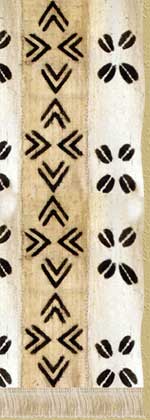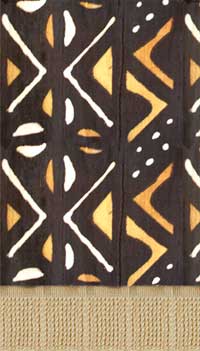 |
|
 |
|
 |
|
 |
El sol representa los solsticios del verano y invierno en varios de las culturas nativas de Iberoamérica. Para las incas de Perú, el sol de verano era símbolo de la fuerza de un dios más alto, Wiraqucha. El sol más "debil" de invierno fue llamado P’unchaw. Los aztecas, quién eran constructores distintivos, dedicaban sus templos más sagrados a el dios de sol, el dios más estimado. El dios de sol también era el dios de la guerran y de la lluvia.
Los Aztecas creían en los sacrificios. Pensaban que los dioses girarían contra ellos si no daban sacrificios humanos. Por ejemplo, los Aztecas pensaban que si el dios sol no comía corazones y sangre humana, el giraría contra ellos, no saldría, y el mundo terminaría en desastre. Los aztecas creían que su propósito en la vida fue para evitar este desastre.
|
|

|
 |
In many native cultures of Latin America the sun represents a dual entity divided into the solstices of summer and winter. Among the Incas of Peru, the sun of summer was a symbol of the power of a higher god, Wiraqucha, while the 'weak' sun of winter was named P'unchaw. The Aztecs, who were distinguished builders, dedicated their most holy temples to their most important god, the sun god. He was also the god of war and of rain.
The Aztecs also believed in sacrifices. They thought that the gods would turn against them if they were not given human sacrifices. For example, the Aztecs believed that if the sun god were not fed human hearts and blood, the sun would turn against them, not rise, and the world would end in disaster. The Aztecs actually believed their purpose in life was to delay that devastation.
|
|
|
 |
|
|
|
 |
Biografia | Casa de Lilly | Sala de Clase | Taller | Arte de Lilly | Communidad | Enclaces
Biography | Lilly's House | Classroom | Studio | Lilly's Art | Community | Links















